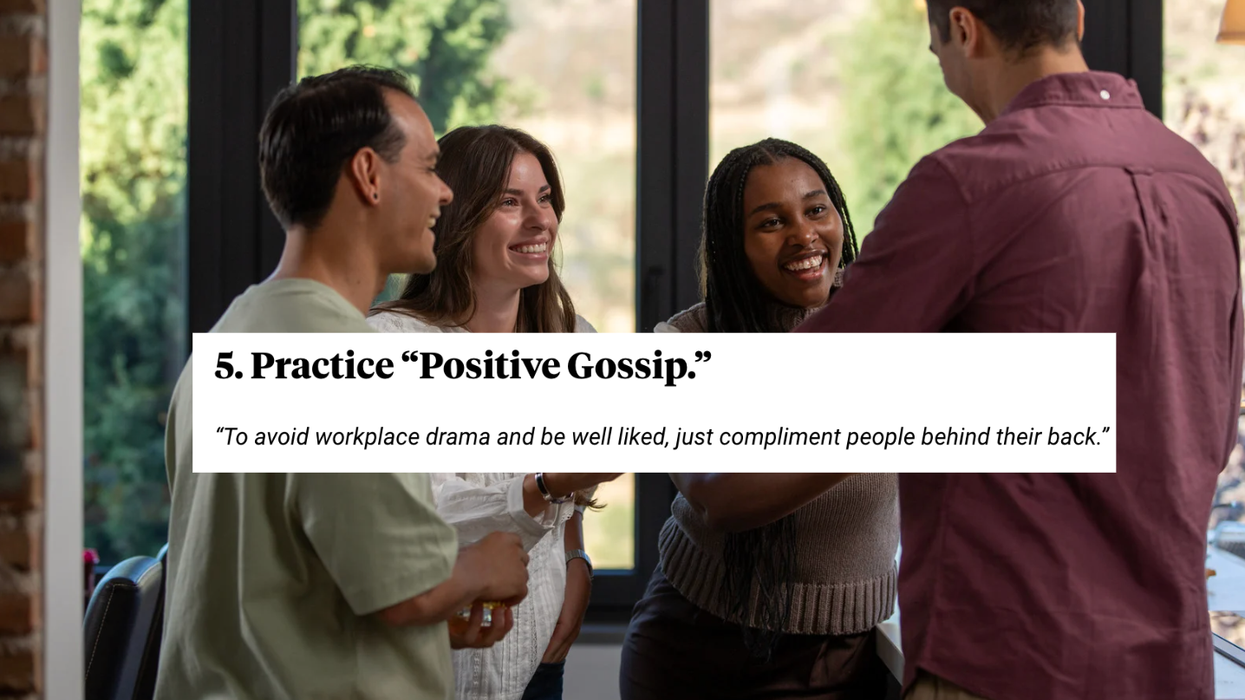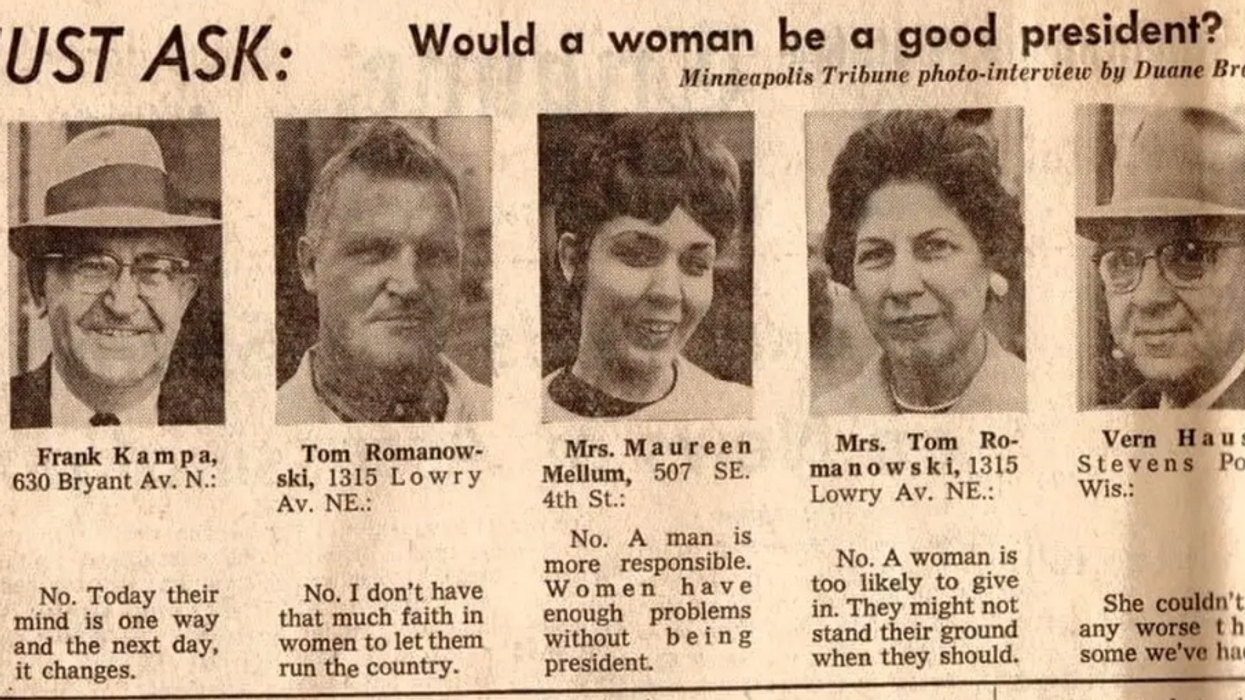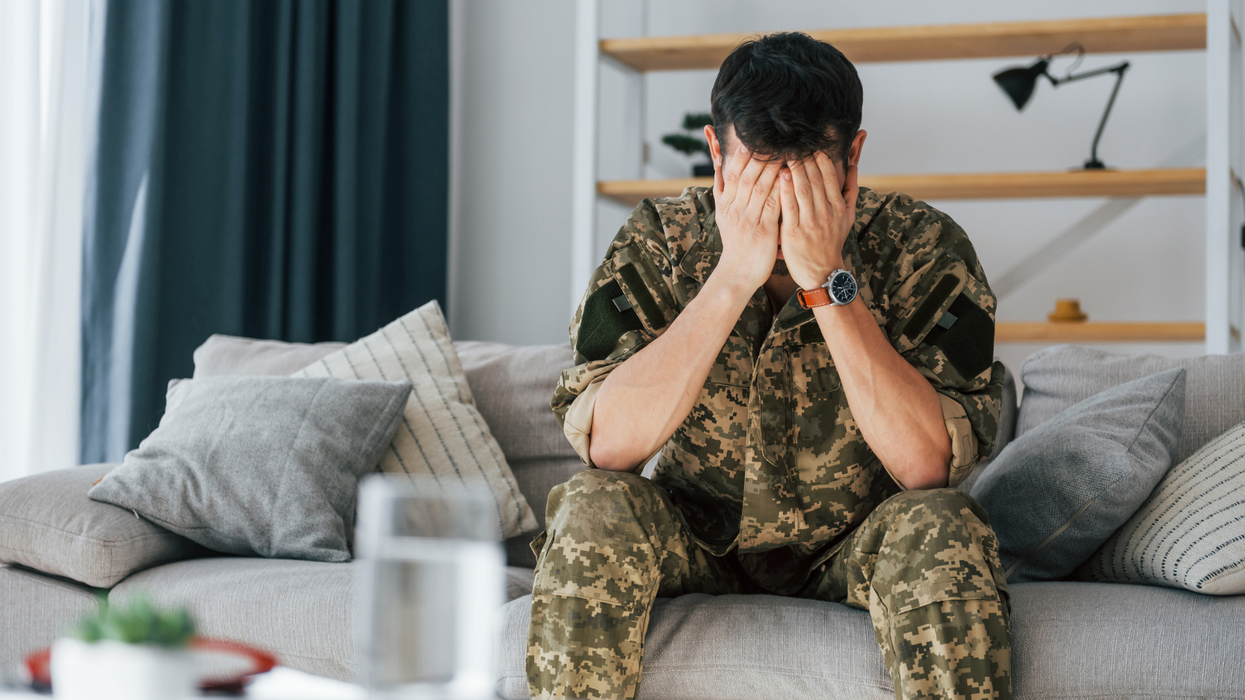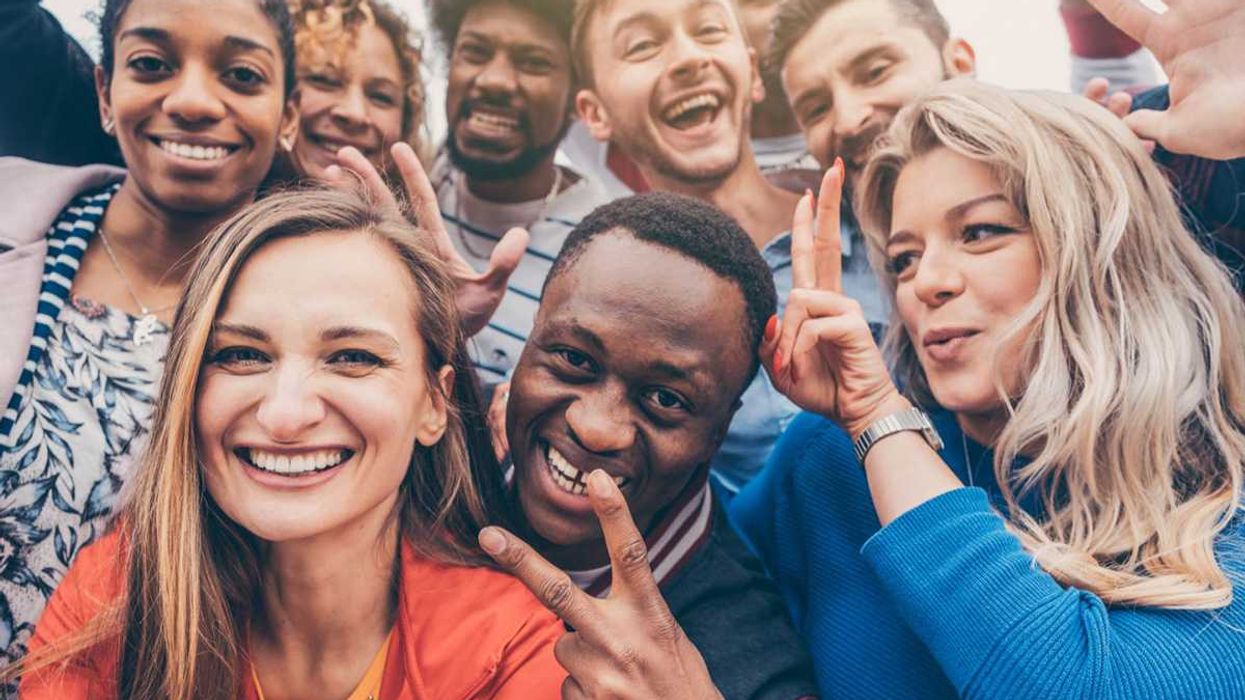I entered the lineup in Game 1 as a free agent for the Firin’ Sirens. The ball had gone out of bounds off of the opposing team, Swishimi. I caught the inbound pass and started running toward the other end of the court, but no one followed me. Oops. Wrong way. Embarrassing at first, but then I remembered something Effie Ralli had told me: “You can be really bad and we’ll still like you.”
This is the Los Angeles Feminist Amateur Basketball League.
LAFABL founders Aerienne “Hustle Your Bustle” Russell and Effie “The Pep” Ralli designed the league to a supportive, non-judgmental space for women to shoot hoops, regardless of ball-handling abilities or even fitness level. I’d heard stories about their hoops hijinks, the jock jams, the personalized trading cards, and the palpable, unapologetically feminine energy you won’t find on most playground courts. So when the league (hilariously known as LAFABL) announced its eighth season, I called, “I got next.”
And all the details—colorful, handmade team sashes and game time playlists curated from a millennial’s most embarrassing but beloved mixed CD of her youth—show the love that goes into organizing these games.
Still, I felt nervous stepping into the Lake Street Community Center for Game 1. The hardwood is a scary place if you’ve ever felt like a gym-class reject. I’ve been there, but so have most of the women here. I’m with peers, their ages ranging from mid-20s to mid-30s. Representing virtually every skin tone on the spectrum, as well as all shapes and sizes, this crowd might have been easy to blend into, yet everyone stood out. Each person’s individuality, from their tattoos to their psychedelic t-shirts, floral shorts, and tube socks, was striking in an arena where the homogeneity of “jockdom” is the norm. There are two or three serious ballers in the mix, as well as several who've played in the league for multiple seasons. But no one seems fazed at all about lopsided skill levels.
I also wondered if the blowback of Hillary Clinton’s widely unexpected, debilitating loss to Donald Trump just days before would be in the air. But surprisingly, and refreshingly, there was no Trump talk to be heard. LAFABL does attract feminists and celebrates sisterhood, but activism isn’t the intent here. “The feminist angle is just about inclusivity and community, so it’s not a direct political conversation that we’re trying to start or have,” Russell tells GOOD.
As Ray Allen, one of my basketball idols, once said before a 2011 NBA playoff game: “When you lace them up, it’s five-on-five.” That’s always resonated as a mantra that when you step onto the court, you leave everything else behind and keep your head in the game. That mental respite, whether you seek it as an athlete or as a spectator, has always been one of the beautiful things about sports, and women should feel just as free to pursue that on a Sunday afternoon as men undoubtedly do.
Part of the reason Russell and Ralli started this thing in the first place is because there are too many women who literally feel they have no place in sports. “We would go play basketball and all the courts were filled with guys,” Ralli says.
Nicole Stetter of the LAFABL team Dunkin Do-nets adds, “I have ample male friends who congregate to play casually, and they’re always so turned off by the idea of allowing women because they’re worried the level of skill and strength vary too much and they’ll have to ‘play carefully.’ I don't even completely disagree.”
So 2½ years ago, Russell and Ralli took their one-on-one games to the next level and organized their first four-week tournament. Each season thereafter, they’ve welcomed anyone who identifies as female to sign up for one of 40 roster spots, which they’ve filled every time. The dues, used to pay for use of the gym and supplies, are $20 per person, and free agents can come to any game and pay $5 to play. (This season’s first three games took place on Nov. 13, Nov. 20, and Dec. 4. The final game, on December 11 from noon to 1:30 p.m., is still open to free agents.)
Ralli says the league is a place for “people who might not fit into regular sports.”
“It is mostly a women’s league, but we want to make it a bit more broad than that,” she says. “Because you could be gender-queer and still feel not safe on a regular court playing basketball. If a trans man wants to play, I’d be open to it. Definitely gender-queer persons, trans women, and anyone who identifies as a woman are welcome.”
Aside from bolstering a healthy personal relationship with sports and exercise, the judgment-free zone of LAFABL also lets players harness their feminine power to inspire and connect with one another. “We can exhibit a natural sense of competition and simultaneously lift each other up and cheer each other on,” Stetter says. “It’s a beautiful dance.”
The impact can transcend the players themselves, too. Stetter, for one, brings her kids to her games.
“Having my son see all these girls together playing a male-dominated sport better be changing his perception of what sports can be! And I think having my daughter see a girls-only basketball league helps broaden the typical perspective of ‘basketball players’,” Stetter says. “If she can obtain even the smallest sense that she can do things that don't initially seem like they’re ‘for girls,’ then LAFABL has done so much for our family.”
In my first game, after the mad dash to the wrong hoop, I made up for my misstep later with some offensive rebounds, assists, and two baskets—and I can’t even express how exhilarating it felt to score those points for my team.
Yes, bloopers happen, but make no mistake—some of the girls here really have game, so it’s definitely not a complete free-for-all. In fact, my teammates surprised me when they strategized to implement zone defense, which helped us take the lead against our much-taller opponents.
Then, with about 10 seconds to go, the refs called a foul on our team. The shooter from Swishimi missed both free throws, but one of her teammates got the offensive board and hit a shot in the final seconds. The game ended in a 24-24 tie. No overtime.
Having a winner wasn’t really the goal. We had the drama that everyone craves from playing and watching sports—but it all ended in good fun, high-fives, and no losers.
















 Robin Williams performs for military men and women as part of a United Service Organization (USO) show on board Camp Phoenix in December 2007
Robin Williams performs for military men and women as part of a United Service Organization (USO) show on board Camp Phoenix in December 2007 Gif of Robin Williams via
Gif of Robin Williams via 
 People on a beautiful hike.Photo credit:
People on a beautiful hike.Photo credit:  A healthy senior couple.Photo credit:
A healthy senior couple.Photo credit:  A diverse group of friends together.Photo credit:
A diverse group of friends together.Photo credit:  A doctor connects with a young boy.
A doctor connects with a young boy.  Self talk in front of the mirror.Photo credit:
Self talk in front of the mirror.Photo credit:  Lightbulb of ideas.Photo credit
Lightbulb of ideas.Photo credit 

 Superstructure of the Kola Superdeep Borehole, 2007
Superstructure of the Kola Superdeep Borehole, 2007 

